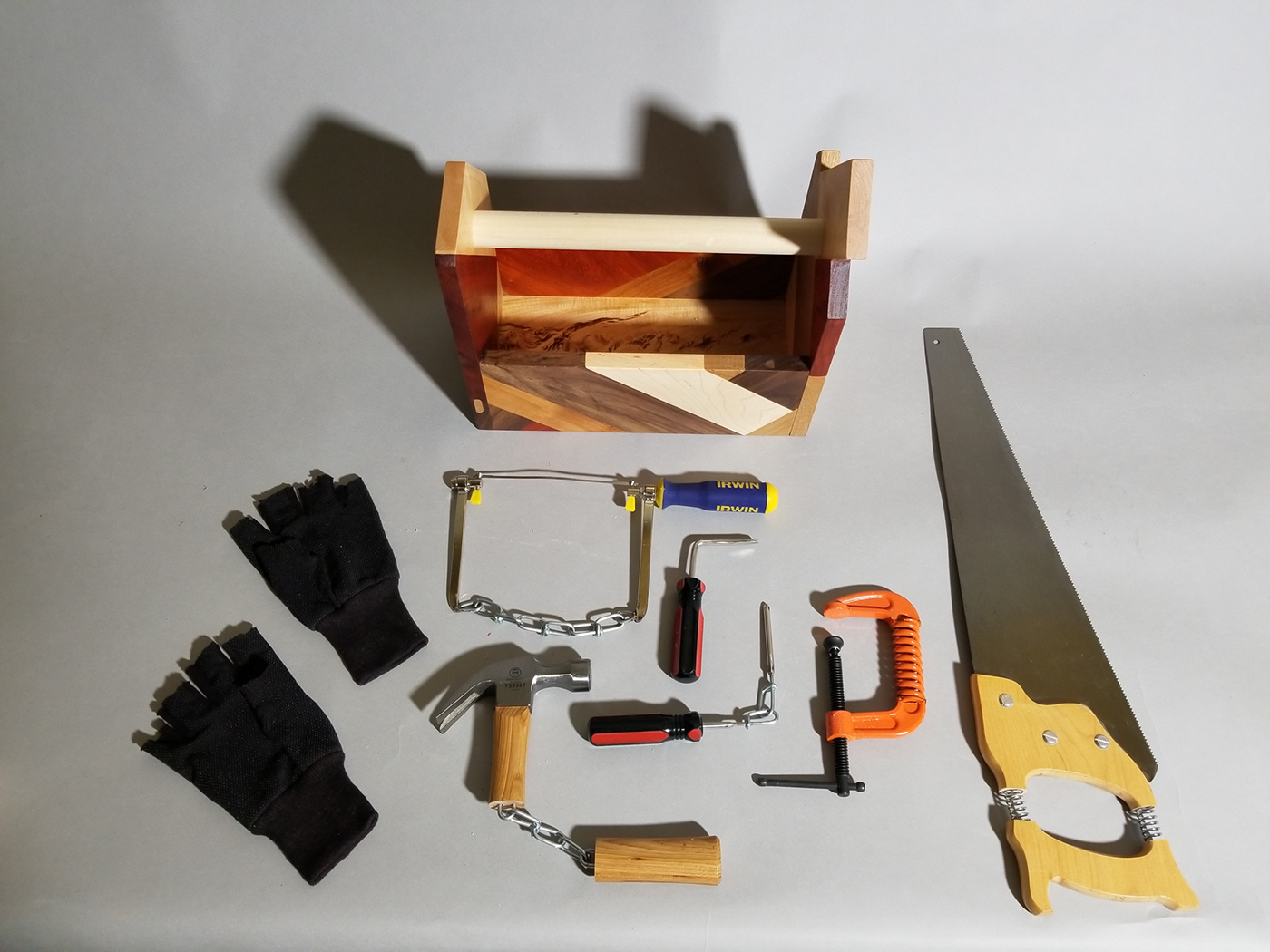Fools of the Trade
By Tomek Marczewski

It doesn’t matter what a tool is made of, how it looks, or what it is, as long as it serves it purpose.
This functional mentality pervades the tool market, as designers know that the tools they design are being bought to be used. So then, what is function to a tool? Is function the only reason for a tool’s existence? Are the craftsmanship and aesthetics of a tool irrelevant? Above all, is a tool still a tool without its original function?
What if we lost control?
That’s after all, what tools are all about. You pick up a tool with the intention to control it into fulfilling its function. If you lose control over a tool, if it gains a mind of its own, that provokes a human response: discomfort. This isn’t what you’re used to. And with the realization of why that discomfort is there comes humour. It’s like, yes, this object is defying you.
So I started ideating. My initial concept was called "transplant", and involved splicing springs into various tools. I picked up my sketchbook and wandered around the studio picking things up. Where and how could I remove functionality from these objects?



This was the first project born of that, an almost useless saw. That "almost" is a very important distinction. Essentially, I’m giving this linear object a new dimension of movement, sideways, so while it still cuts, you have to treat it with intention and respect, or else it wont listen, and will just bend and wobble away.

This clamp, too, utterly refuses to listen. It will begrudgingly sit where you want it to, but as you tighten it, it just bends further and further, and never actually grips anything at all.
These two were a great start, and I loved their context, but I wanted to take the idea further, and I wondered: How else could I transform tools?


Well, the answer seemed to be chain. While springs gave tools one new direction of movement, a chain gave them lots. Suddenly, you pick up this hammer, and it refuses to rise. You try and swing it, but you’re completely unable to control the direction in which it swings. Chain made my tools a lot more temperamental and funny, too.

This coping saw is my favourite of the bunch, because while all of them have a disconnect between expectation and reality, this saw maximises that. Where you expect rigidity, you get incredible flexibility and this fluidity of motion that’s very organic and contortionist-y. You pick it up and can’t help but laugh at the absurdity of it.



And voila! I changed the functionality of tools until they weren’t fully able to fulfill their purpose anymore. And they weren’t the same tools any more. But they weren’t useless, they just had a new purpose. They were now something to be viewed and enjoyed. That, in my opinion, is just as valuable.
All that was missing now was an equally wacky toolbox...



Combining myriad scraps into a coherent plane is a technique that I particularly enjoy, not only for its sustainability, but also because of the gorgeous patterns that these complementing woods can generate. I felt its slipshod and asymmetric nature was the perfect vessel to display my tools, and it looked great, to boot!

And just like that, I had a toolkit. It was a very sudden realisation, that my tools had coalesced into a single collection of art, because there was no structure to this project. I was just grabbing tools and abusing them in the first way that came to mind. That provides a less mature, more unfiltered creativity, and that's something that I think is reflected in the attitude of the collection. They're practically smirking at you!
Enjoy my "Fools of the Trade" :)

